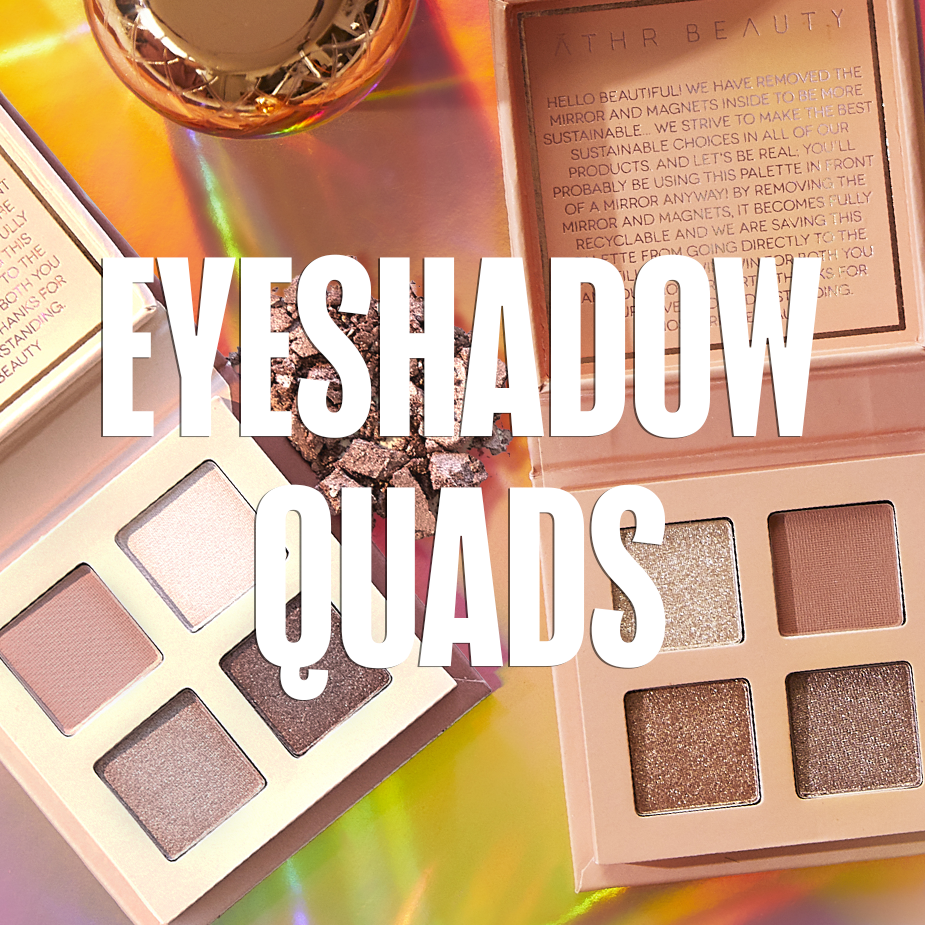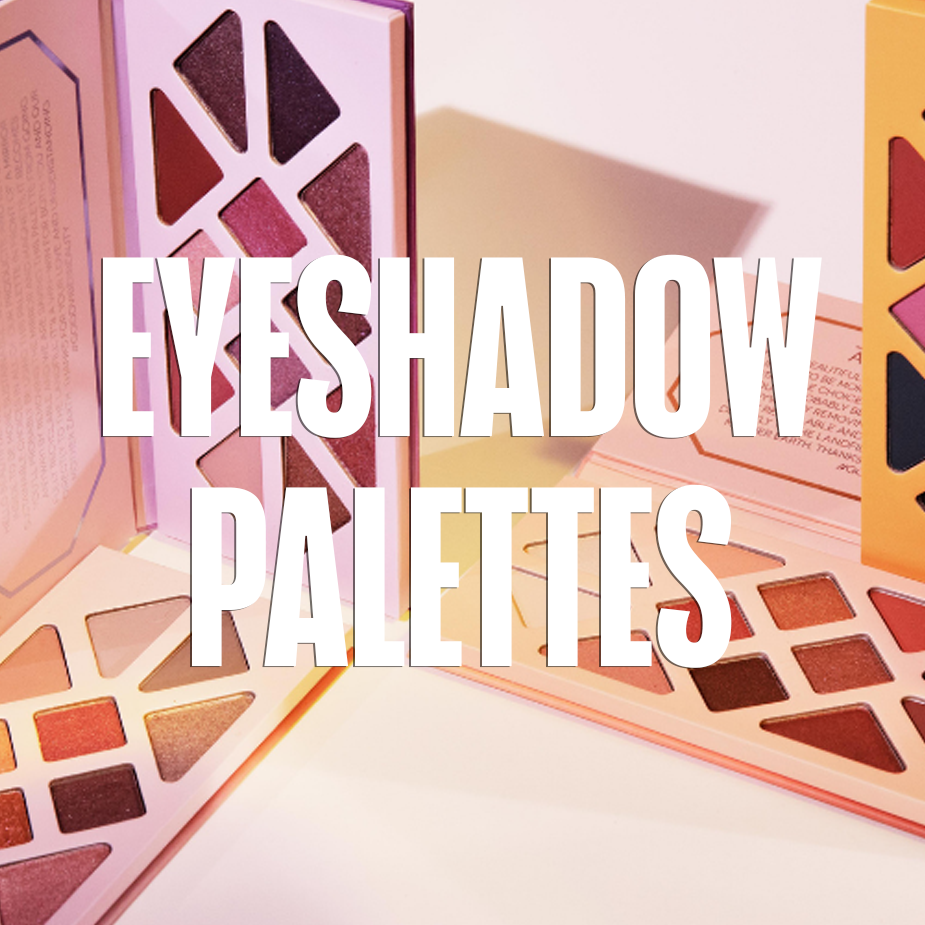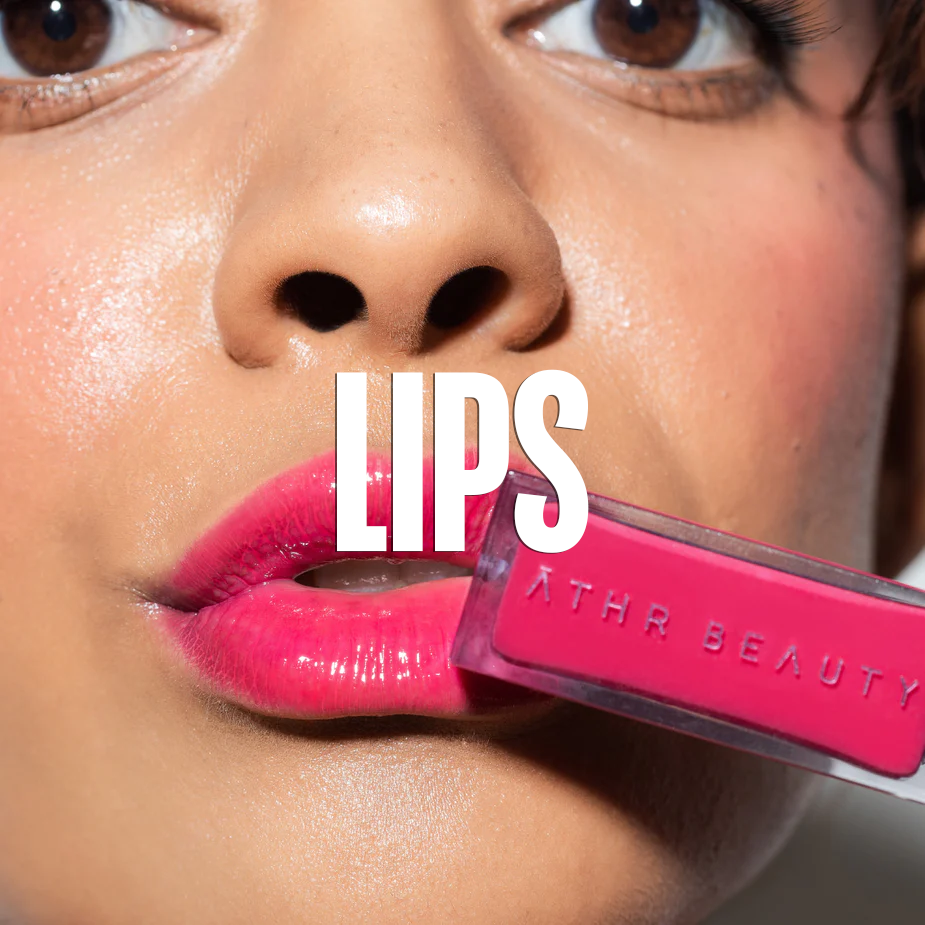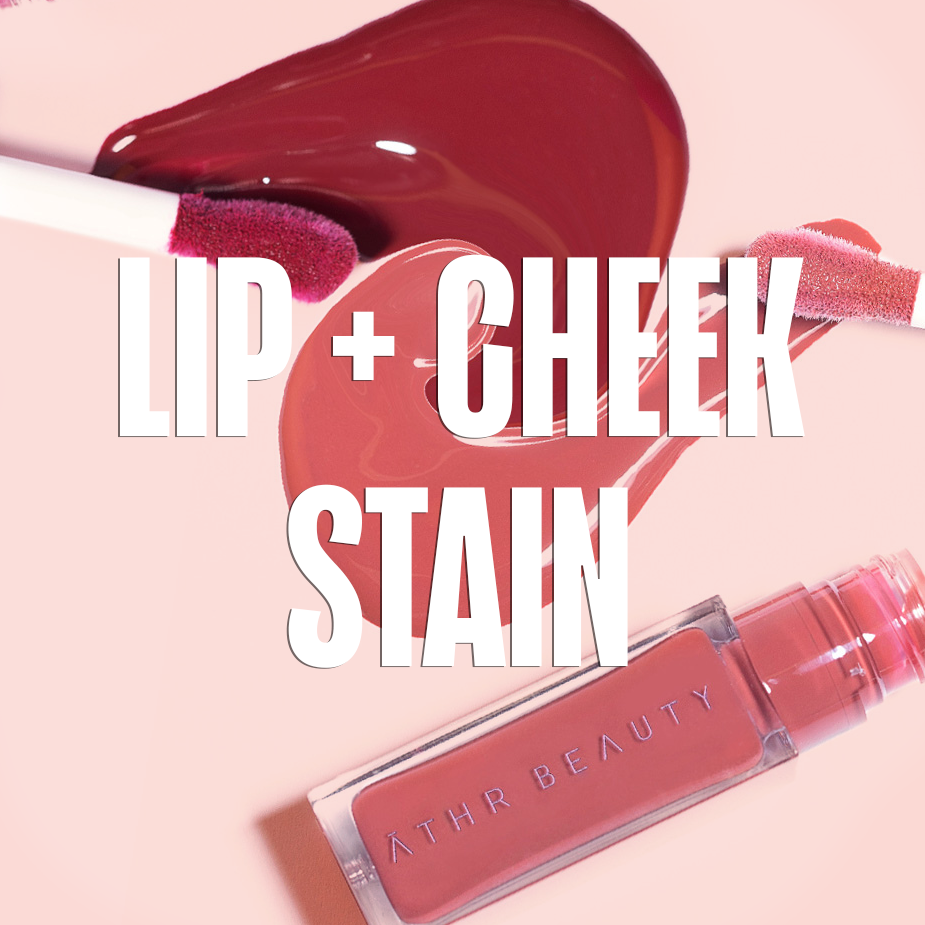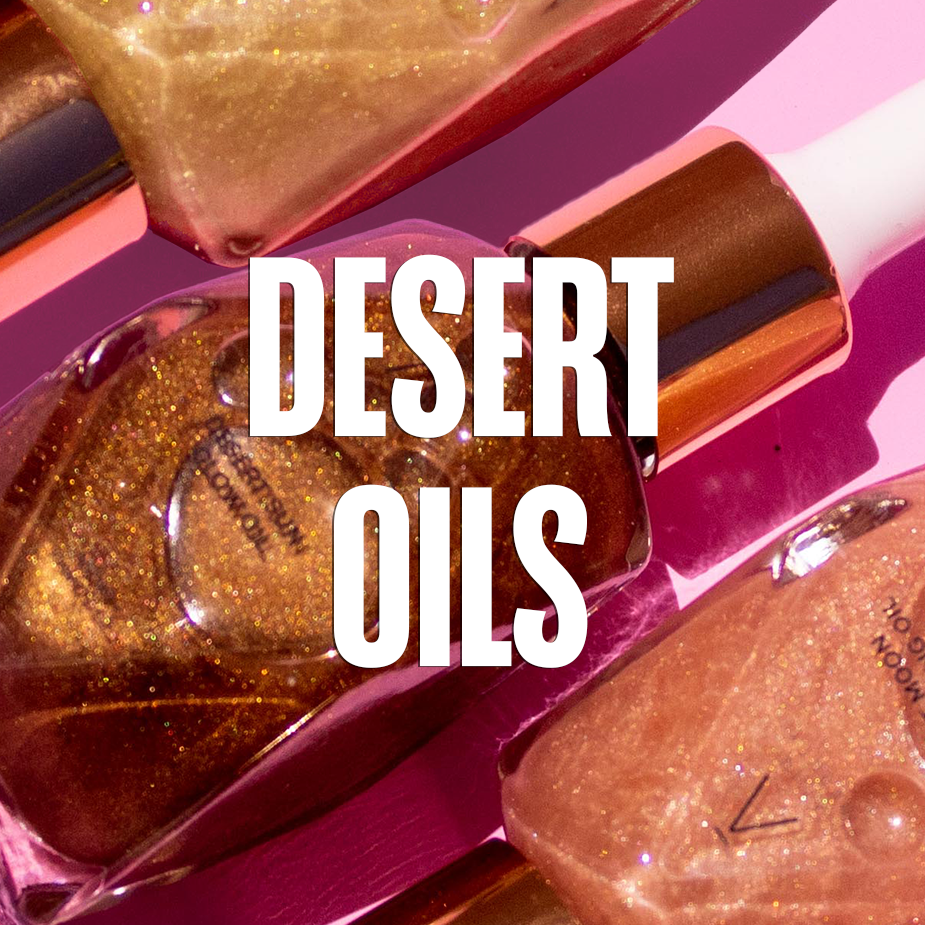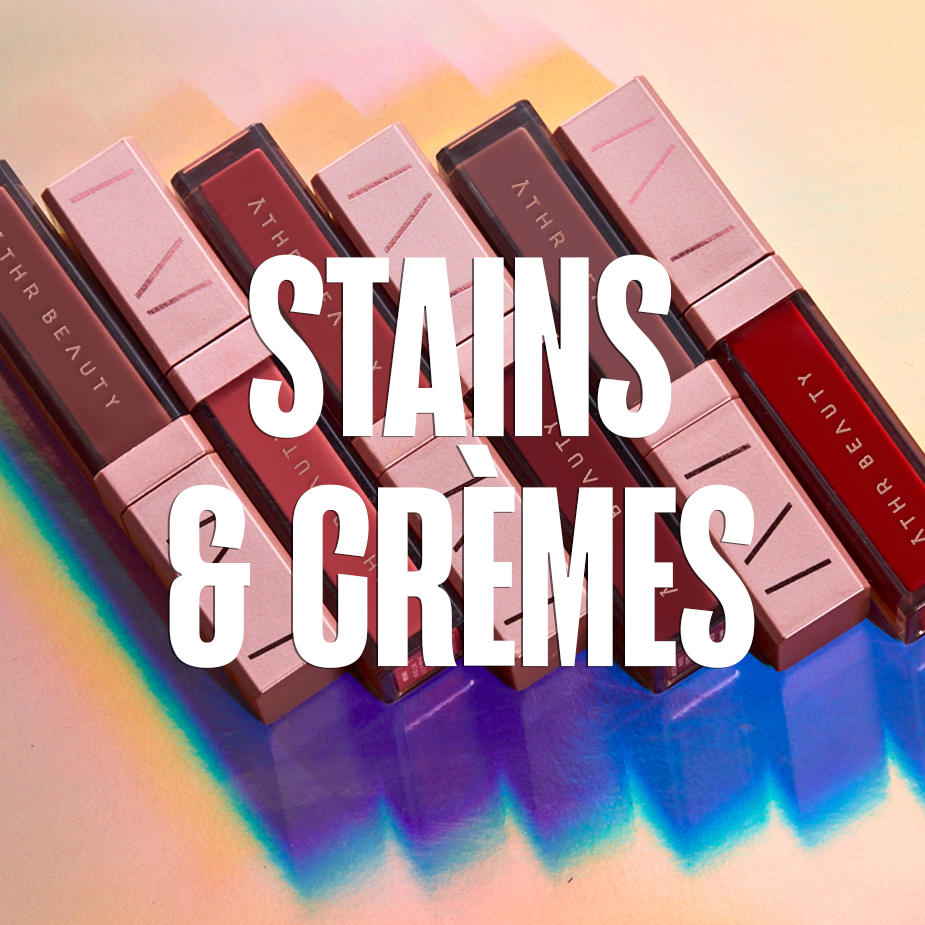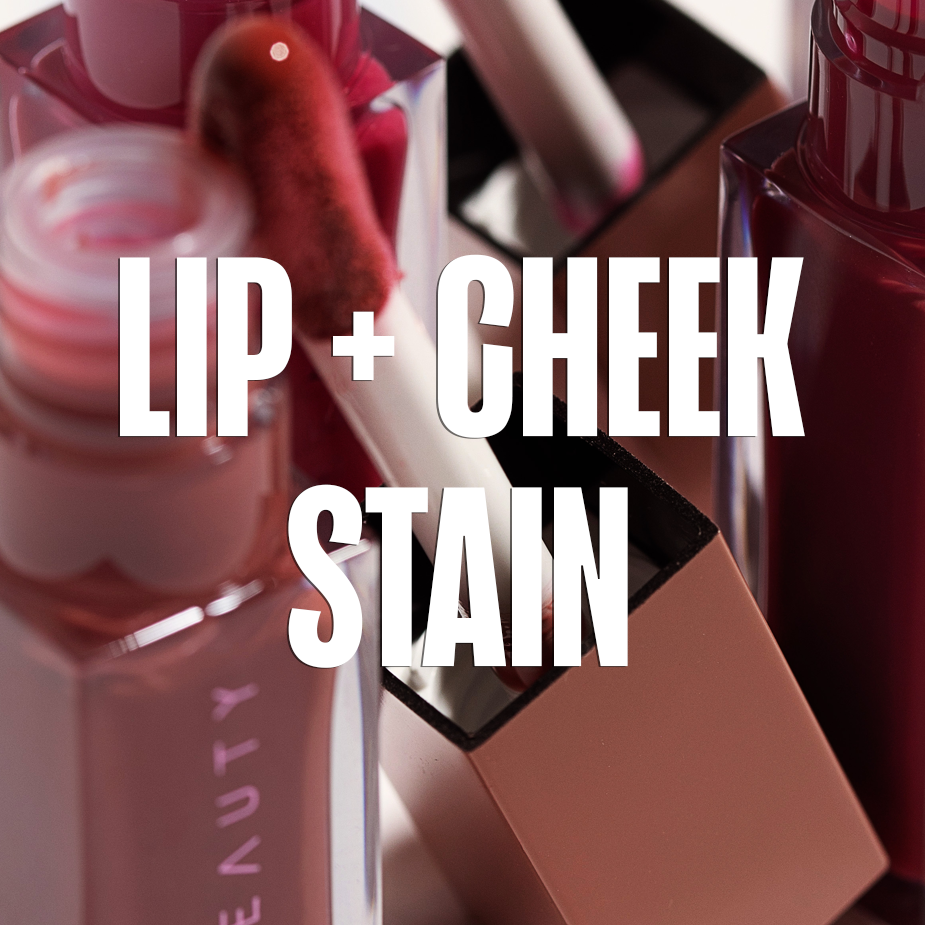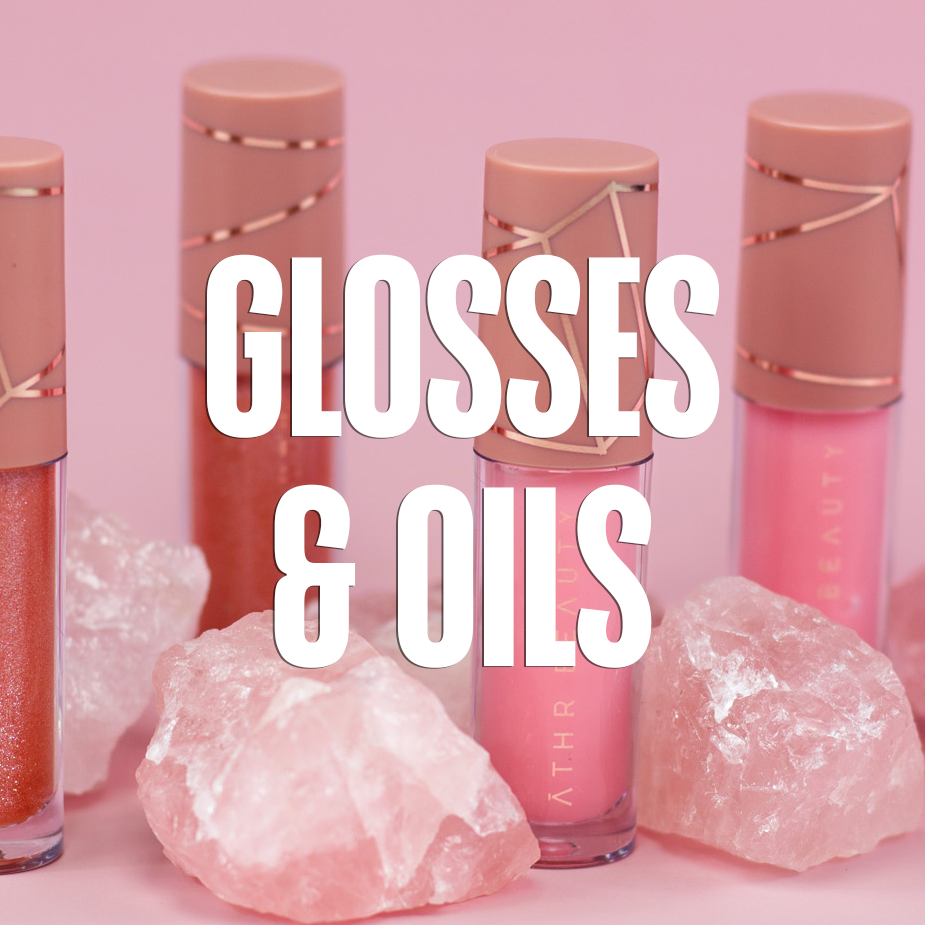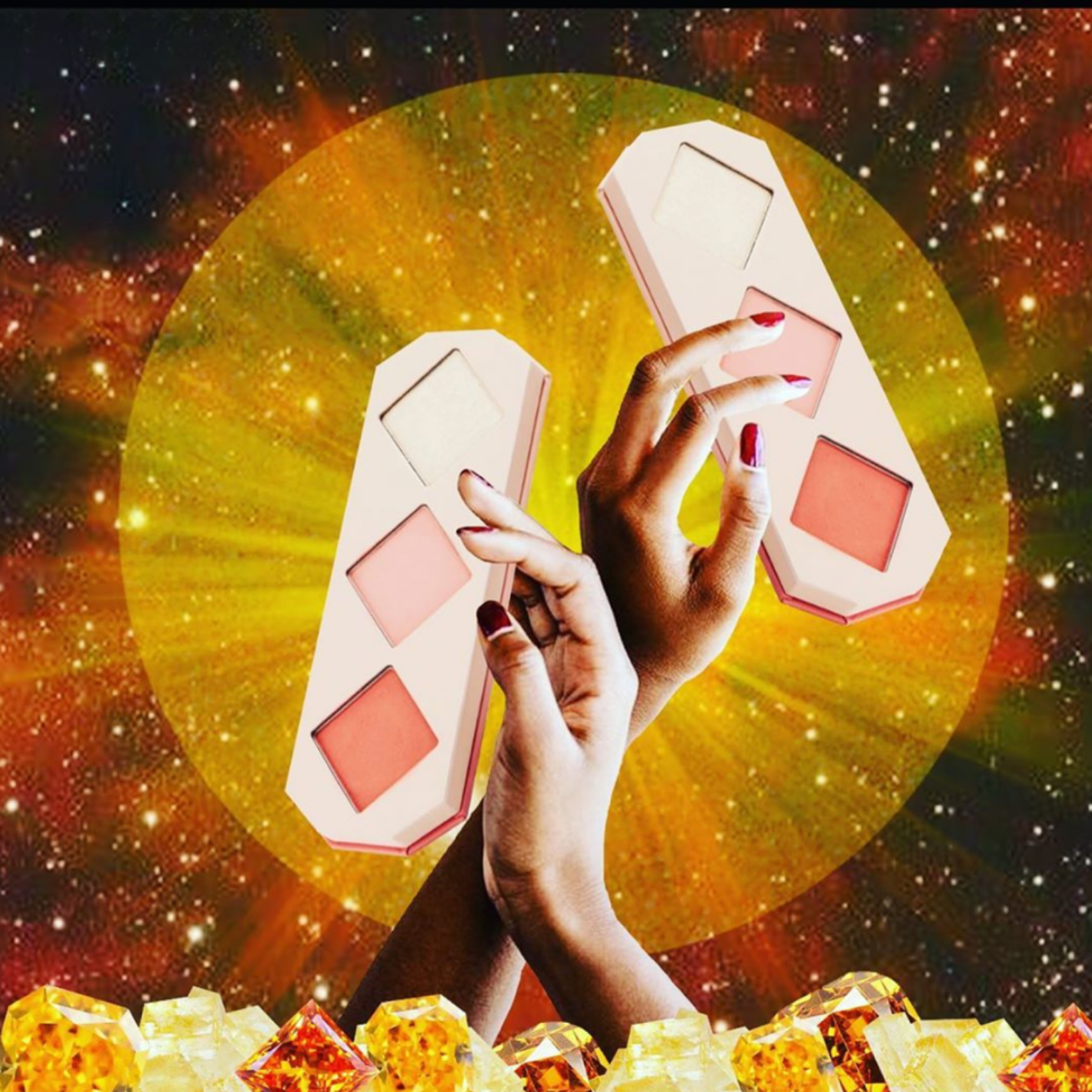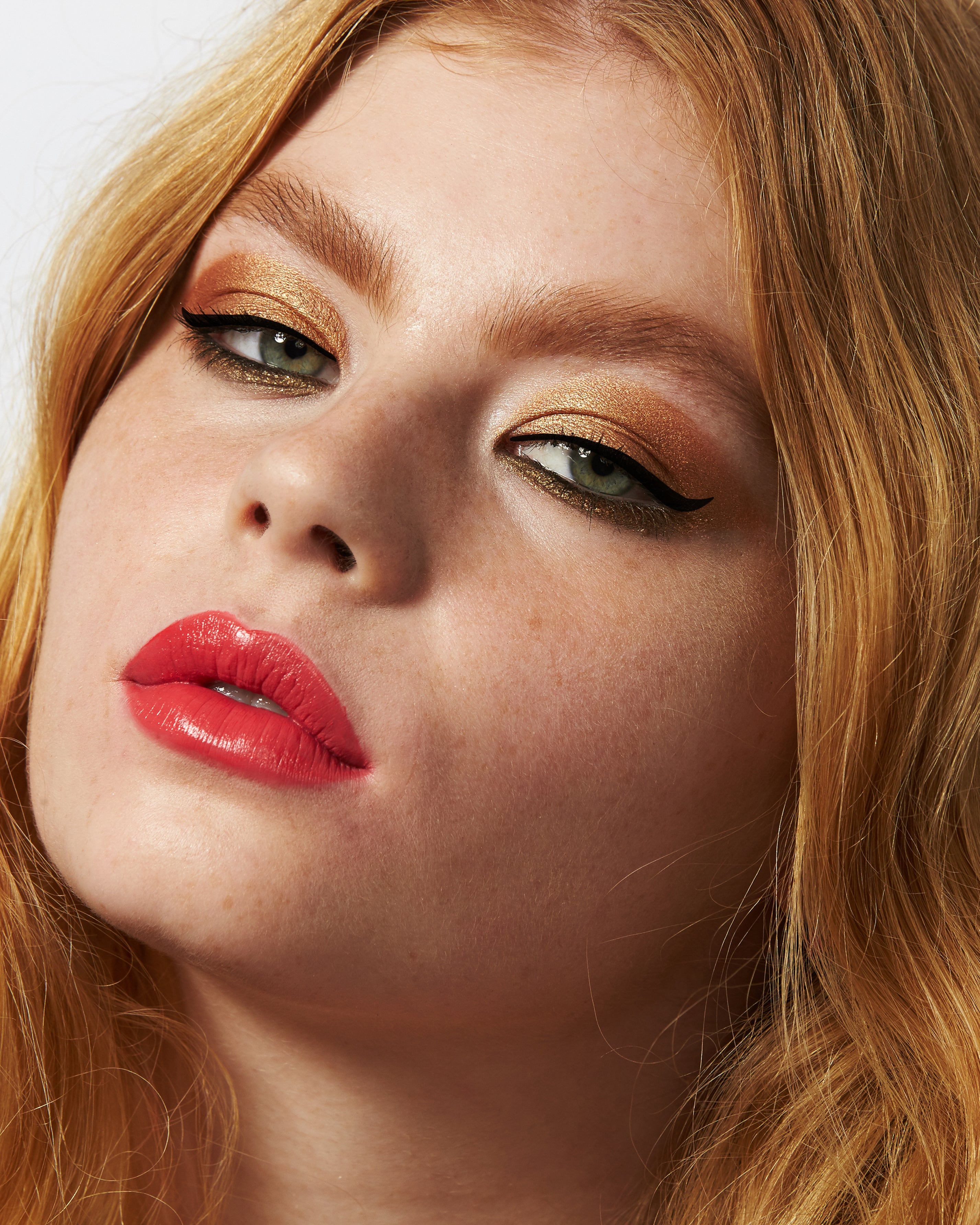Hello Beauties,
We get asked about mica a lot and we're so thankful that brands, consumers, and the industry are starting to ask these questions. Change can only begin when these issues are brought out of the darkness.
In this blog, we'll chat about:
- What Mica Is + How It's Used In Cosmetics
- Child Labor In Mica Mining
- Our Stance On Mica
- Natural Vs Synthetic Mica
- What You Can Do To Support This Issue
What is Mica?
'Mica' refers to a group of minerals used to give sparkle to consumer products. 37 different varieties of mica are found and mined all over the world, with the majority coming from illegal mines in India and Madagascar.
Mica in Cosmetics
The cosmetics industry is the 4th largest buyer of mica, after electronics, painting, and construction.
Mica is found in most beauty and personal care products. Basically, if a product shimmers, shines, or gives 'a glow', it probably has mica in it. Products ranging from eyeshadow and blush to toothpaste and conditioner use mica's natural sparkle.
On ingredient labels, look for:
Mica, C1 77019, Potassium Aluminum Silicate, Glimmer, Kaliglimmer, or Muskovit.
Illegal Mica Mining + Child Labor
The corrupt, cruel reality of illegal mica mining is no secret. Thankfully this issue has been exposed and brought into the light for government, industry, brands, and consumers to see. We cannot make a change, nor make an informed, aligned decision unless we open our eyes to the whole truth.
The mica mining industry is huge – this one group of minerals amounts to about a half billion dollars in trade every year. And at least 25% of it comes from illegal, unethical mining operations in Jharkhand, Bihar, and Rajasthan in India. Mining in poverty-stricken areas of Madagascar make up another huge part of the pie – an area known for the use of child labor.
In India alone, over 22,000 children work as mica laborers – some as young as 5 years old.

The miners, many of them children, labor all day in the dangerous mines, and sift through their findings in the scorching sun. The smallest children are sent into dark, narrow shafts up to 300 meters deep to mine the mica that adults can't reach. They risk cuts, broken bones, and if debris falls or the tunnel caves in, they can die. They live with that fear every time they enter the tunnels. They've seen their friends and family members lose their lives.
One story from a Refinery 29 video is particularly heartbreaking: two sisters were working in the tunnel of a mine when the earth caved in on them. The older sister, Sumar escaped with severe scarring, but her sister Lakshmi did not survive. The family, including Sumar, still work in the mines every day. They have no other option if they want to eat.
Lakshmi's tragic death is 1 of 10 - 20 child deaths that occur every month in Indian mines.
Although there are no official figures on child deaths in the mines, as it is all illegal, we hear about them through our networks in the villages where we work. Normally we hear about 10 fatalities on average a month, but in June [2016] we documented over 20 deaths. - Raj Bhushan, via a Thomas Reuters Foundation study
For their labor, these children (and adults) make 25 to 50 cents per day, depending on the amount of mica they dig up. A kg earns them about 8 cents US. This same kg can sell on the international market for up to $1000. This money, however limited, is how these families survive. Because of the extremely low wages, the parents depend on the whole family working to put food on the table.
Once the mica is mined, it's then sold through several layers of middlemen and intermediaries, making it very difficult to trace the mica back to its child-labor roots. If you're buying mica from India or Madagascar, it's nearly impossible to be sure that it was obtained ethically or legally.
This lack of visibility or proof of ethical practice is what has informed our own stance on mica.
Our Stance on Mica
We use a combination of natural and synthetic mica. When we use natural mica, we source it only from U.S. suppliers, members of the Responsible Mica Initiative, and can otherwise thoroughly verify their ethical labor standards. We avoid all mica from areas where labor standards are unregulated and child labor is rampant.
We choose synthetic mica when we can't vet and guarantee that the source of our mica is child-labor-free. Though it's more expensive, it's worth it to know we are not contributing to any harm on this planet, and especially not to children.
Synthetic mica is also purer and can create a more vibrant color and shine. We balance our ethically sourced natural mica with this synthetic version to create that perfect balance of depth, texture, shine, and color throughout our eyeshadow palettes.

While we know that mica mining is the livelihood for many families worldwide, we cannot participate in the suffering and deaths of children, and until that ends, we must remove ourselves from the area. We are pushing for change by supporting mica that is child-labor-free and spreading the truth to consumers and this industry.
Natural vs Synthetic Mica
Synthetic mica is made in a lab and has the same characteristics as natural mica. The differences between natural and synthetic mica are:
The Color:
Synthetic mica is brighter and very uniform in color and finish. Natural mica can be grey or murkier in color. They each create different effects and colors.
The Shape:
Natural mica naturally has uneven edges, whereas synthetic mica has a very smooth surface and shape. This means you can use a much larger particle of synthetic mica since it's smooth and not abrasive like natural mica. The larger the particle, the sparklier a product will appear.
The Sourcing:
Synthetic mica requires no mining and has no potential for child labor.
Contamination:
Natural mica has the potential for contamination with heavy metals and other impurities. Heavy metal levels can be tested before usage in a formula, but this is voluntary and not all brands do.
Why doesn't everyone just switch to synthetic mica?
While synthetic mica alleviates the concerns of illegal mining and child labor, there are several reasons why many cosmetic brands continue using natural:
- Synthetic Mica is much more expensive than Natural Mica.
- The visual effect is different: When you're starting a new product from scratch with synthetic mica, there is no problem. But when you're trying to switch out synthetic for natural in an existing product, it can take some time and experimentation to get it exact.
Currently, the only industries using synthetic mica are the cosmetics sector and a very small portion of the paint industry.
How to know if the mica in your products is natural or synthetic
Natural mica will be listed as: Mica, C1 77019, or Potassium Aluminum Silicate. Synthetic mica will be listed as either 'Synthetic Mica' or 'Synthetic Fluorphlogopite'.
How can you know if the mica in your beauty products is ethically-sourced?
Ask questions – if a brand doesn't clearly state the origins of their mica, send them a message and ask where they source this ingredient from. Let them know this is important to you – put it on their radar.
When brands are urged by consumers to be transparent and take these issues seriously, that is where change begins.
Does Industry Know About Illegal + Child Labor Mining?
Definitely. You can see the illegal activity when you look at production numbers vs. the actual amounts of mica traded. When the exported numbers are far more than the production values, the difference usually comes from illegal mines – and generally, that means child labor.
India, for example, officially produces 15,000 tonnes of mica a year, yet it exports 130,000 tonnes. This huge difference is explained by the fact that most of the mica mines in India are illegal and so their numbers are unreported.
Is Progress Being Made to End Child Labor in Mica Mining?
There has been some progress, especially in recent years as this issue was brought into the public eye. In 2017, the Responsible Mica Initiative was established. This group has a goal to 'eliminate child labor unacceptable working conditions in the mica supply chain within the next 5 years.'
Another organization working for change is the Bachpan Bachao Andolan (BBA), or Save the Childhood Movement. They work to rescue, rehabilitate, and educate children that have been exploited or abused. They rescue about 400 children from servitude every year - 87,000 children since the 1980s. They also have created 'Child-Friendly Villages' where kids can get an education and aren't expected to work.
While this progress is a step in the right direction, the issue is still monumental and so much has to change for these children and communities.
Support this cause by:
- Voting with your dollars – buy from brands that are committed to only using ethical mica in their products.
- Message your other favorite brands to express your concern and urge them to look into their supply chain and commit to ethical sourcing.
- Sign petitions that are working for change in the industry.
Thanks for tuning into our blog beauties! If you have any questions or comments please leave them below or send us an email to hello@athrbeauty.com <3
- ĀTHR Beauty xo


